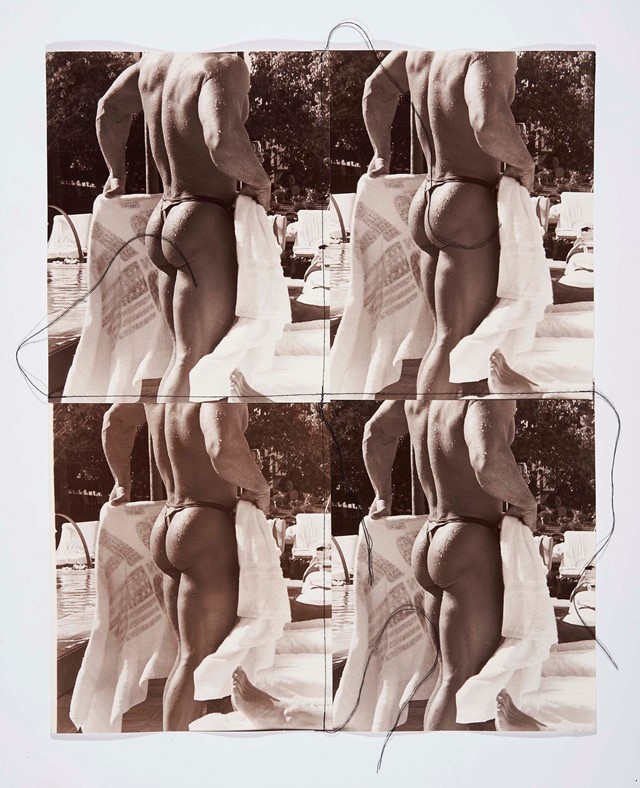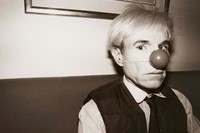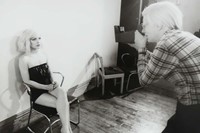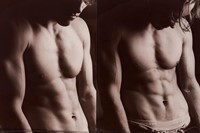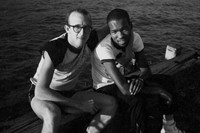Photographer Chris Makos spent years capturing the city’s brightest stars, with Andy Warhol as one of his closest collaborators – here, he shares his intimate memories of the artist
Few people knew the private Andy Warhol as photographer Christopher Makos did. The two became close friends, collaborators and confidants for the last decade of Warhol’s life. Makos taught Warhol the art of photography and Warhol taught Makos the art of business, and together they created some of the most indelible and intimate portraits of the Pop artist.
The two artists met by chance at the Whitney Biennial in 1975. Makos remembered his surprise seeing Warhol in the flesh, thinking he had died after Valerie Solanas shot him in 1968. “I wasn’t star-struck,” says Makos, who is equally at home photographing hustlers, models, or luminaries like Debbie Harry, Jean-Michel Basquiat, Keith Haring and Grace Jones. “Andy was just a strange individual, like the David Bowie movie, The Man Who Fell to Earth.”
Warhol invited Makos to hang out at Max’s Kansas City, his fabled stomping grounds but the young photographer graciously declined. An outdoorsy Californian with the looks to match, nightclubs were not his idea of a good time. Instead, Makos got his information, later inviting Warhol to his first photo exhibition, Step on It, which featured prints installed under plexiglass, laid out on the floor at 492 Broadway.
“Andy was busy that night so Bob Colacello came instead to take pictures for Interview,” Makos recalls. After Colacello left the magazine, Warhol gave Makos a two-page column in the magazine called “In” where he chronicled the hottest happenings around town. From that initial partnership, the dynamic duo embarked on a friendship that spanned the remainder of Warhol’s life. Whether working together in the studio, spending nights on the town, or travelling the world, collaboration and camaraderie shaped the spirit of their relationship.
On September 29, Makos opens FRINGE, a visual diary of his life in New York’s luminous uptown and downtown worlds. Bringing together his portraits of Warhol and icons like Halston, Pat Cleveland, Tina Turner, and Liza Minelli to name just a few, the new exhibition offers a whirlwind look at the jet set during a golden age of art, style and creativity. Here, Makos shares his memories of his collaborations with Warhol, a singular subject whose face was the perfect canvas.
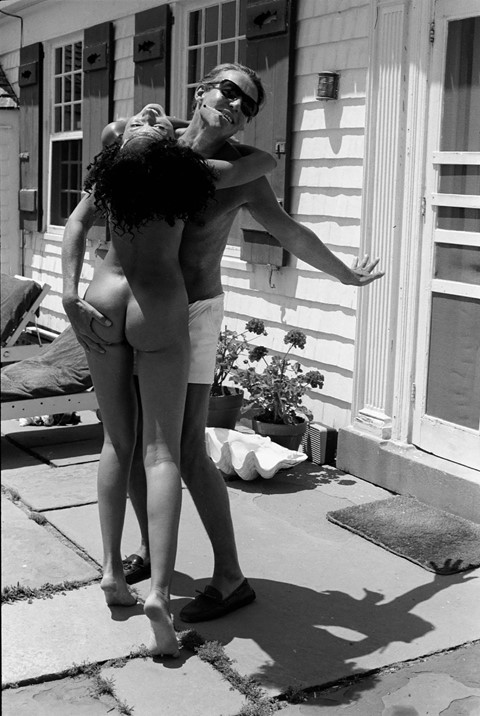
“Throughout my adult life, I try not to have expectations of people, places or things because it’s often disappointing. I have low expectations and then I’m really surprised because things turn out to be much more fun. I guess that would be the case with Warhol. When we started travelling together, I was sort of a photographic camera guru editing or art directing Andy. When we went on these trips, I told him ‘Why don’t you aim your camera at this?’ or ‘Look at that.’ Often we would have a lot of the same pictures and that’s how it began. Our ultimate collaboration was when he was my subject in the Altered Images series, but also in my most recent book, Andy Modeling Portfolio. We were always working on something, even if we were playing through most of our friendship. We were both Catholic boys who grew up knowing you have to work for a living.
“My first memories of shooting him were when I did the ‘Stand Up’ portraits. For me, he was just like everybody else that I photograph. They’re waiting for the director to tell them what to do. Everybody, no matter who it is, is waiting for you to tell them to look this way, to look up or down. When I photographed Elizabeth Taylor for Malcolm Forbes, she was the same way: waiting for her director to tell her what to do. Andy was a great subject because he was so white that he was like a canvas. Towards the end of his life, he was getting a lot of facial treatments and paying more attention to himself than ever, so it was fun to watch that transformation. He looks quite different in my early photos.
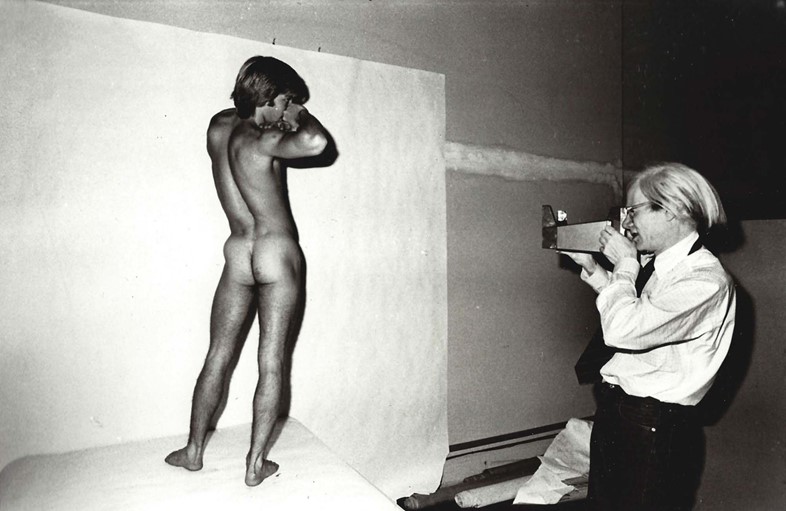
“Andy was eager to be in front of the camera and pose in front of me because he knew he had a professional photographer. He was always keyed up. The modelling photos started because the Sony Corporation came to Andy and asked him to be a spokesperson for a new product they were promoting and Fred Hughes didn’t know how to price this out. He went to one of the modelling agencies and asked, ‘What should we do?’ They didn’t have any pictures of Andy and didn’t know how he was going to look in photos, and that’s when we decided to get a portfolio together. The first look was a sports jacket, shirt, jeans, and cowboy boots — a casual look that worked. Andy had it the most together towards the end when Stephen Sprouse was hanging out at the Factory. He influenced Andy a lot during that period.
“The Altered Images series was Andy’s idea. He was looking for something that had artistic provenance. Marcel Duchamp and Man Ray did this project together, Rrose Sélavy, and that inspired us. If you look at the original photos from the 1920s and what we did, it’s completely different but it laid the groundwork and direction we were going with. That series of photographs comes with five different wigs. I think it was two photo sessions with a total of about 365 different photographs, one for each day of the year. Andy didn’t want to be a woman, he just wanted to be beautiful — and doesn’t everybody? When he put on the wigs, he became a different person. It’s like Halloween: when you put on your costume, you become a different person. It was like, ‘I’m not Andy Warhol anymore. I’m this other creature.’ It was more fun that way.”
Christopher Makos: FRINGE is on view until 19 November 2022, at Fahey/Klein Gallery in Los Angeles
